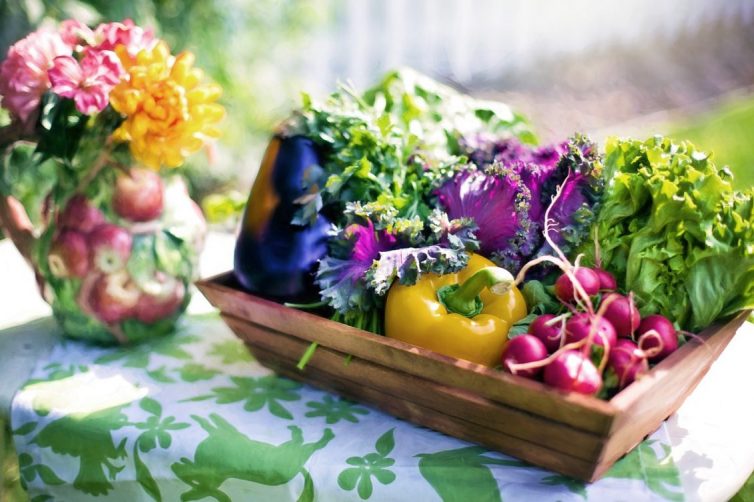There’s something special about being able to grow your own vegetables.
Harvesting them from the garden, and within a matter of minutes on the table, means you are enjoying the freshest food possible. ‘That’s great if you’ve got a big garden,’ I hear you say. Well, it’s not just those with a garden that can enjoy the flavour of homegrown vegetables. With the use of planters, anyone with anything from a small balcony or patio, or even a big window ledge can grow their own.
Container gardening has seen a growth in popularity, as small gardeners and city dwellers discover the joys of growing their own herbs and vegetables in planters. Here are some tips on how to make the most of a small space to grow your own veggies.
Choosing a Planter
You may think that any pot will do, but that’s not strictly the case. Using a planter made of terracotta will require more tending, and watering as the material tends to be porous, allowing water to soak away from your plants. Wooden planters are not the best solution, as often the wood has been treated to stop it rotting, and this can leach into the water and in some cases poison your plants. Plastic containers can hold moisture, and thus keep your plants well-watered, and when full of soil is lighter to move around. Also remember that dark colours will absorb more heat, and that can make the soil too warm for some crops.
The size is also a factor to consider. Once it’s full of soil, a planter can be very heavy, and not something you want to keep moving around. However, when you start out planting vegetables in containers, it’s best to go for as big a planter as possible. Very large flower pots work well, and in my garden, I have plastic half barrels which are much easier to move around than the wooden ones. Getting started you need to look for planters that are at least 12 inches deep and 10 inches wide. For vining crops like tomatoes or cucumbers planters, 20 inches wide are recommended. They will also need support from a wire cage or trellis.
Choosing the Soil
Vegetables aren’t bothered so much by the pot they’re in, but they do like good nutrient-rich soil. Your crop will do best if you use an organic potting mix, and because it’s organic, your vegetables should have a better flavour. To give your plants the best chance of thriving use equal parts of potting soil, peat moss, and perlite or clean sand. Mix the ingredients so they are equally distributed in the planter and fill to a few inches from the rim. Remember you have to leave room for some water.
Planting
Honestly, it’s no different from planting in the garden. Some crops you will need to germinate seeds indoors before replanting your seedlings in a planter. For vegetables such as beans, carrots, spinach and corn, these can be grown in a planter directly from seed. Remember to soak your soil mix thoroughly and leave to drain for a couple of hours before planting seeds or seedlings. A sprinkling of organic fertiliser should be enough to aid your seedlings from establishing strong roots.
Caring
The most critical element to a successful crop of vegetables grown in a planter is the watering. Make sure the soil never dries out. It’s better to water a little often than infrequently deluge your young plants with too much water. Consider a drip system which will remove the need to keep remembering to water. Keep an eye out for pests, and weeds, as they will suck away the precious nutrients from your crop.
Harvest Time
This is the time your planters pay you back with a crop of delicious homegrown vegetables. As soon as the vegetables are at the size, you want to harvest them. This will make your plants more productive, as harvesting early and often is the key to a good yield from each plant.
Once the growing season is over, remove the soil, and clean your planters thoroughly. Reusing soil can spread insect infestations and disease. Scrub the planters with a mild bleach solution, rinse, and dry leaving them aside for the next growing season. Happy harvesting!
